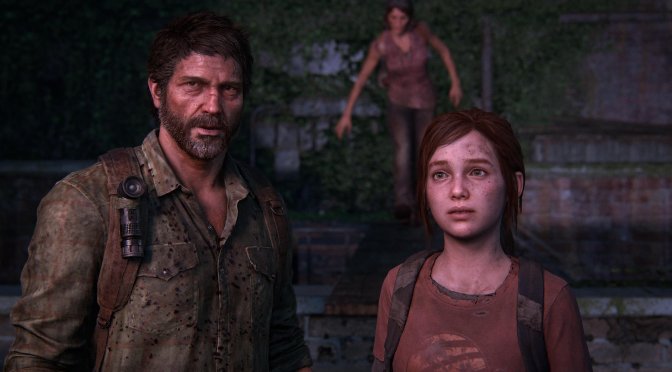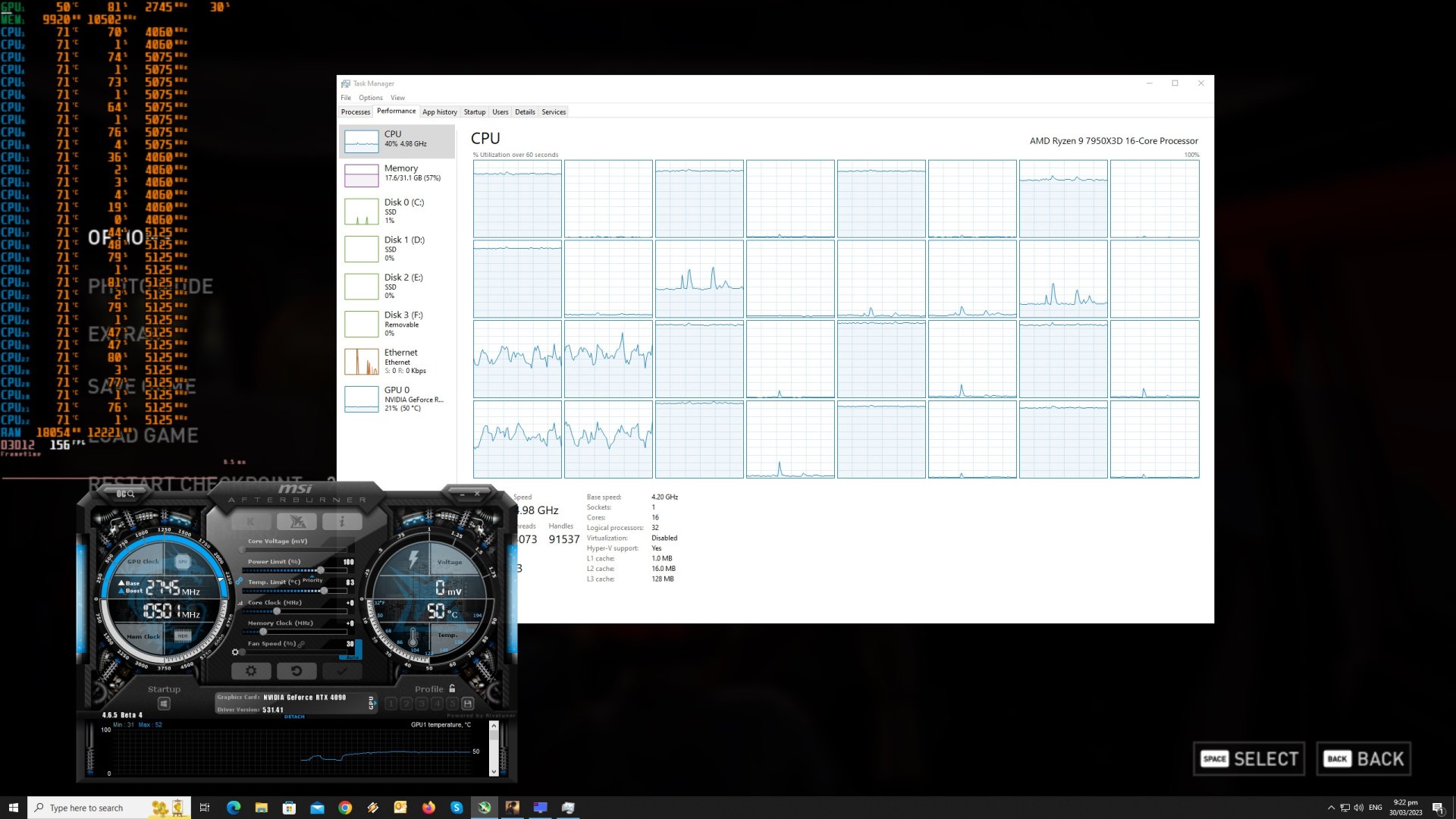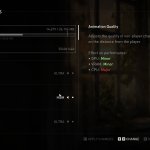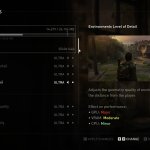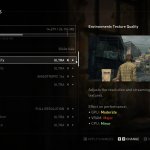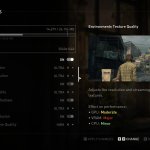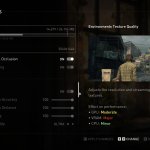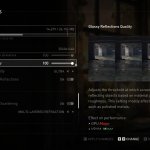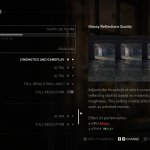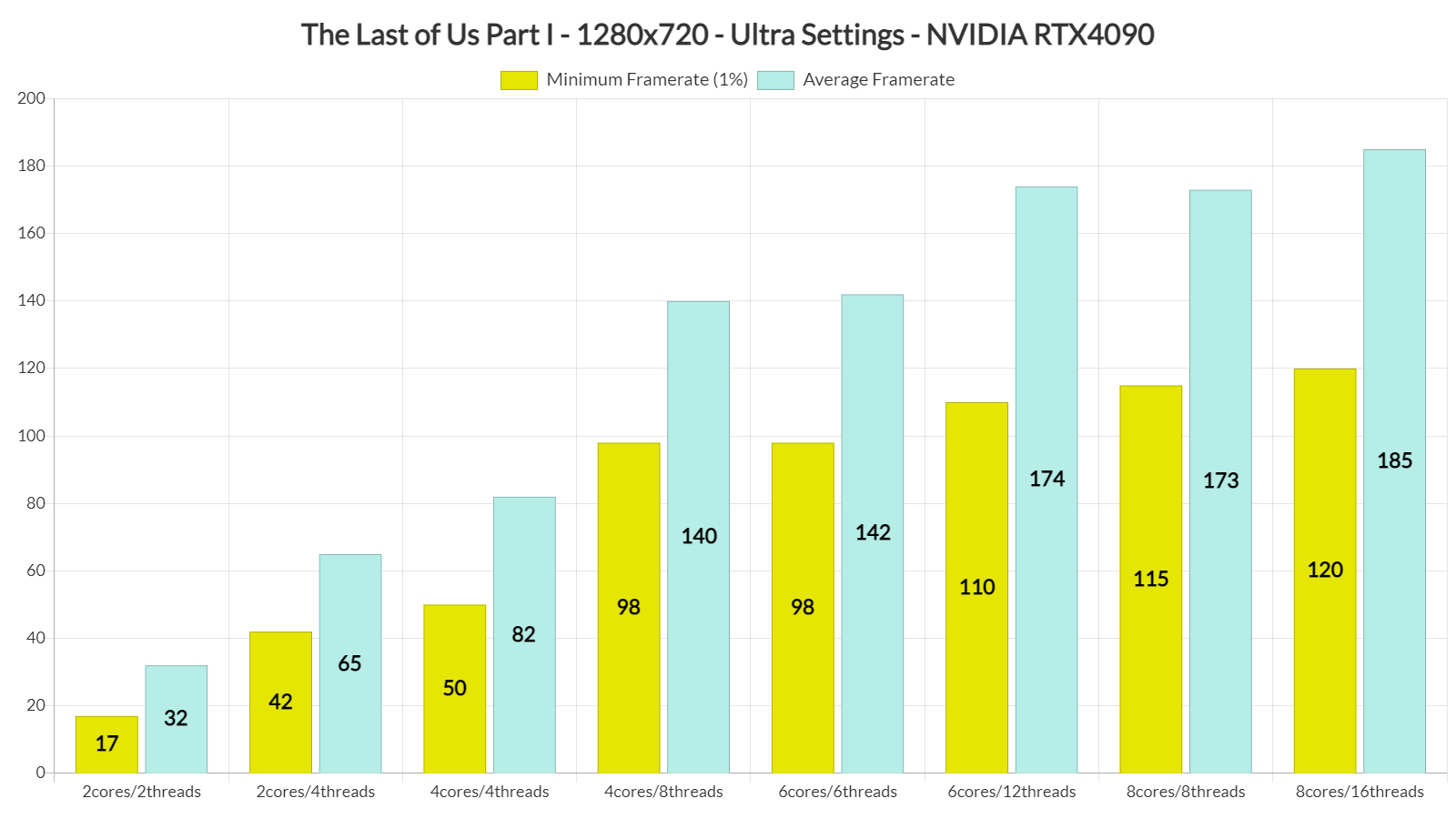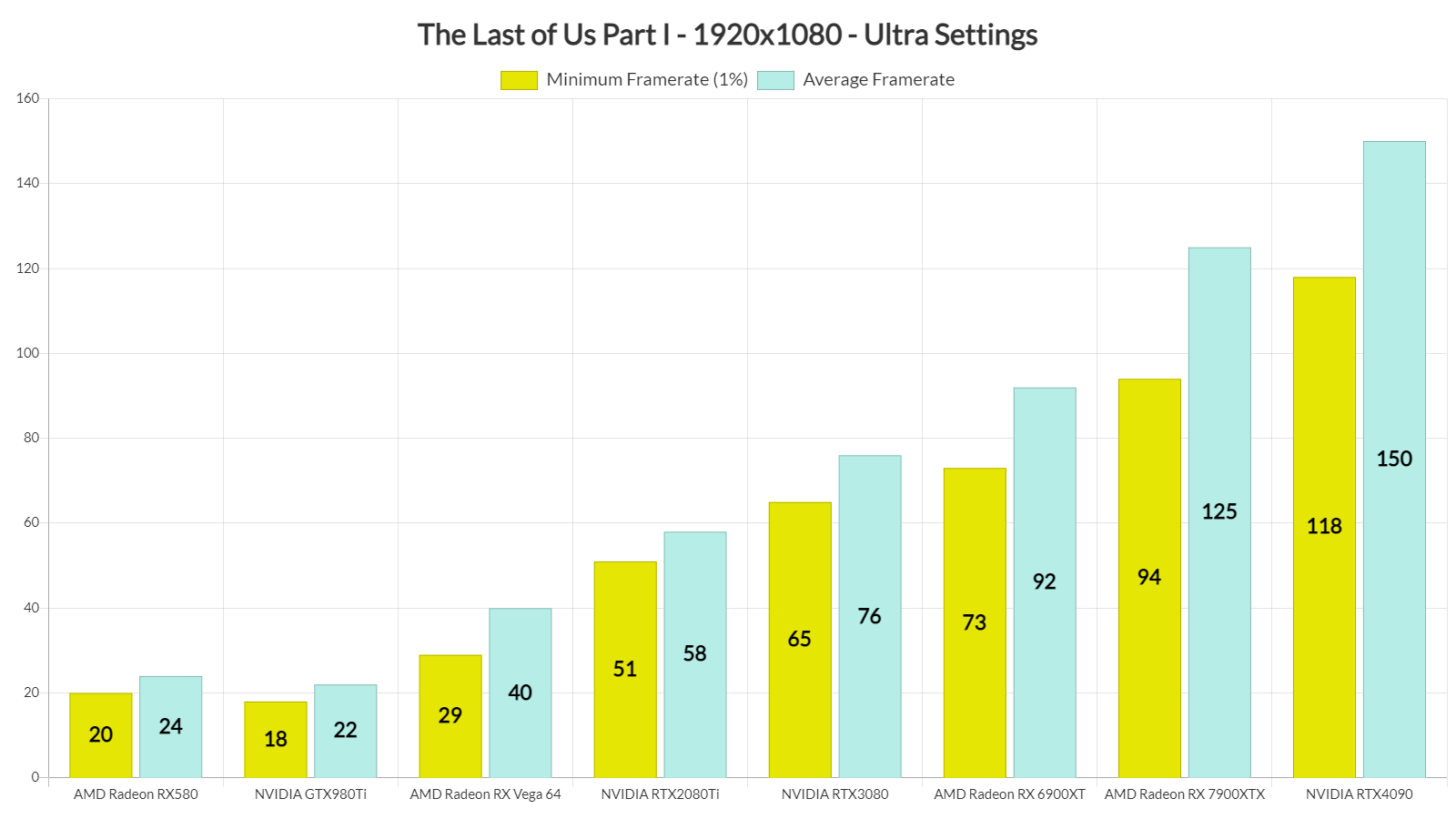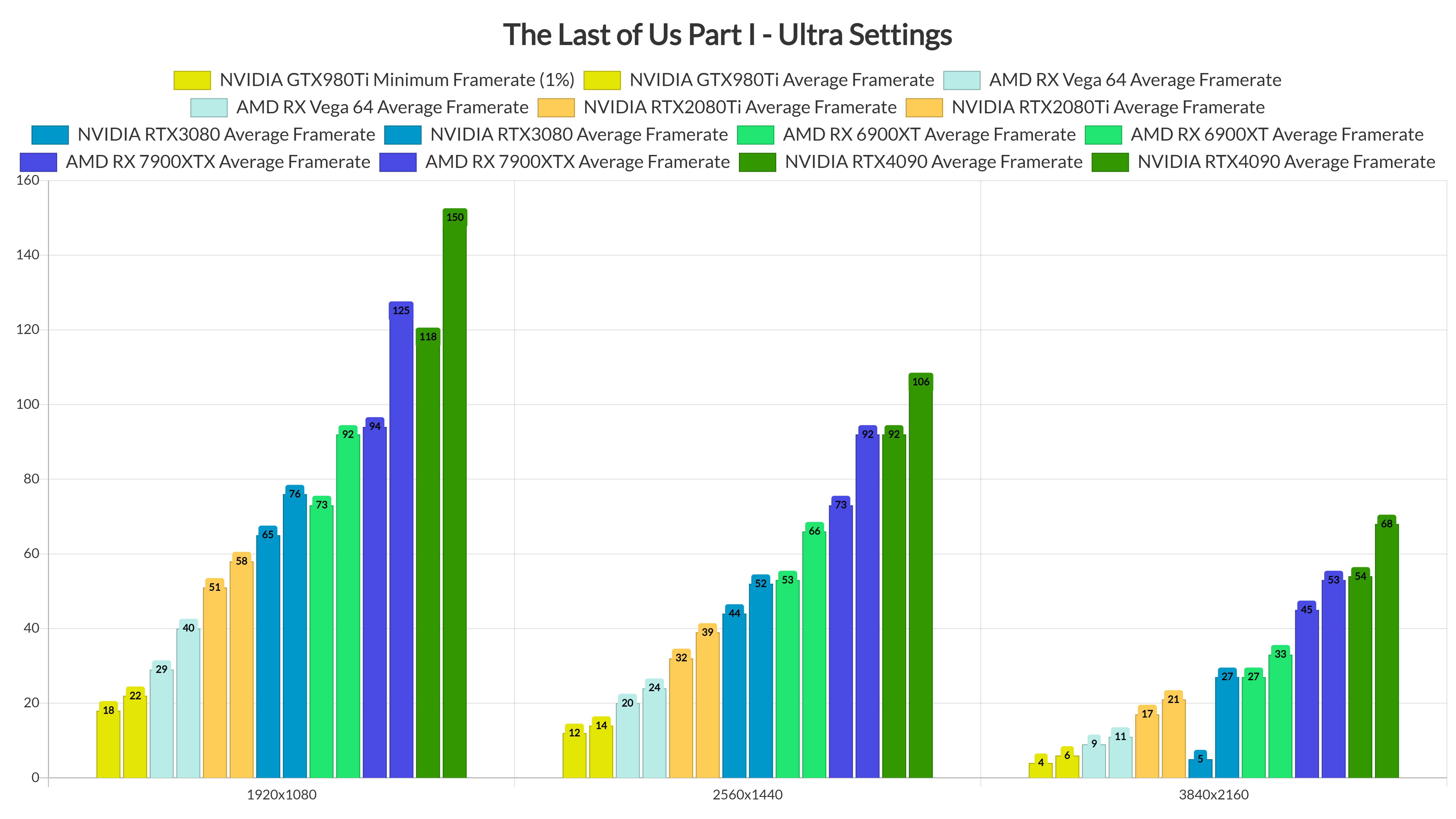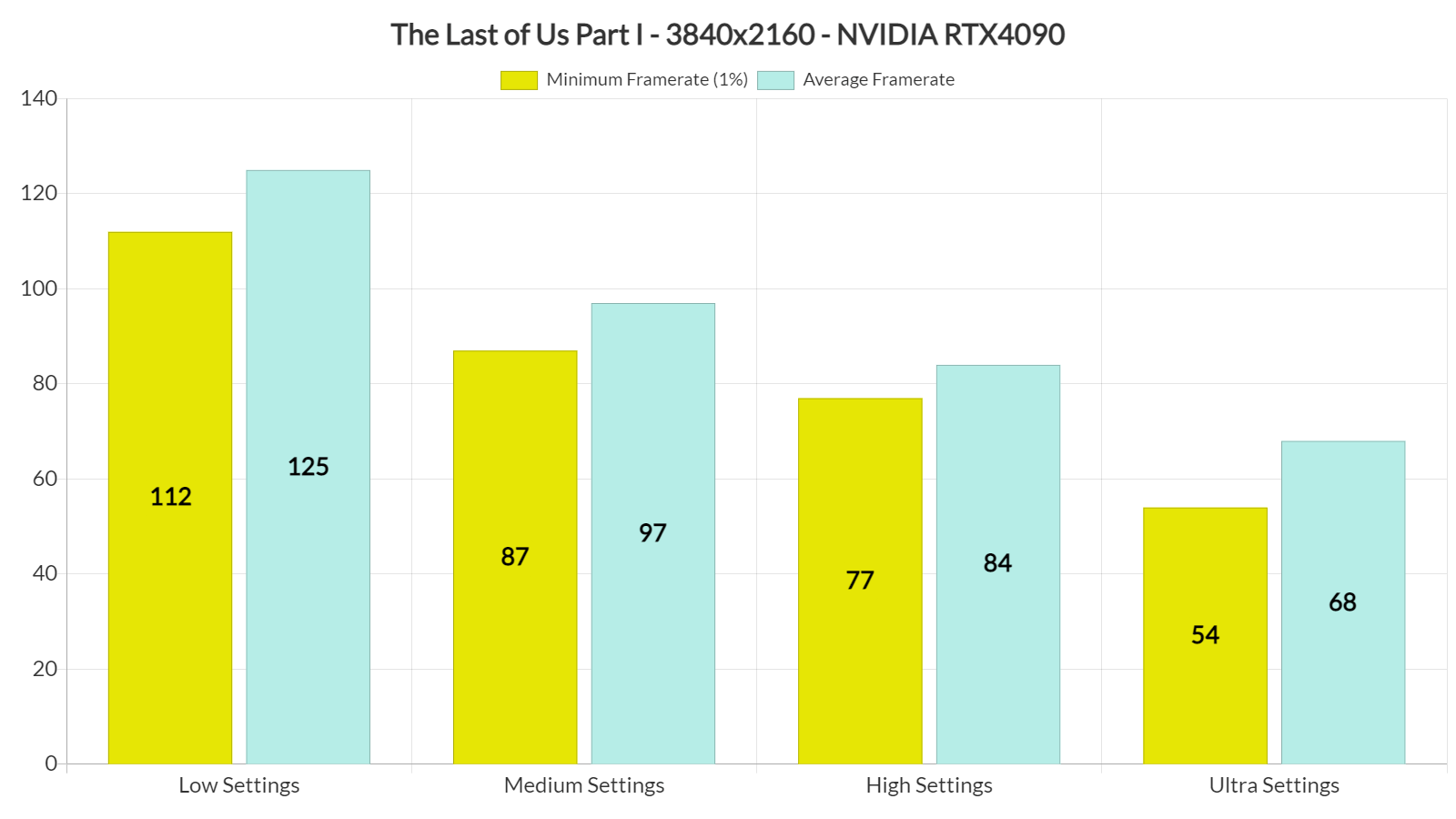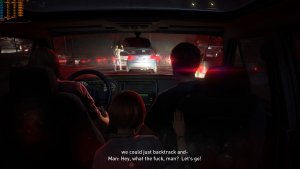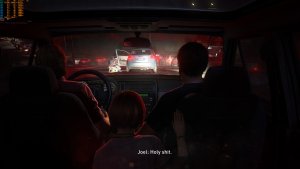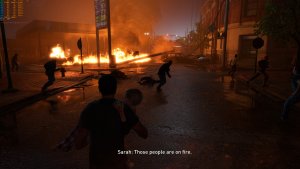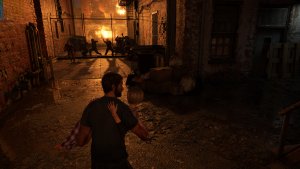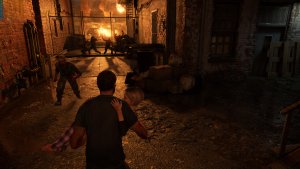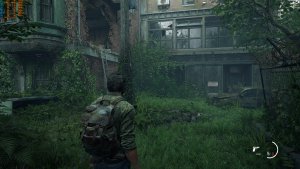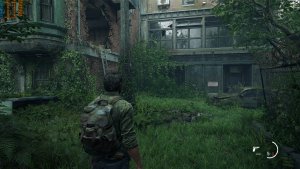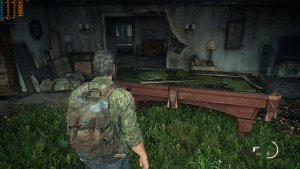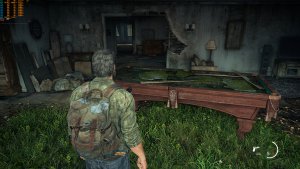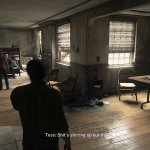Remember our April Fools joke about Sony releasing its first-party games on PC? Well, that hasn’t aged well. But anyway, The Last Of Us Part I has been finally released on PC. Powered by Naughty Dog’s in-house engine, it’s time to benchmark it and see how it performs on the PC platform.
For this PC Performance Analysis, we used an AMD Ryzen 9 7950X3D, 32GB of DDR5 at 6000Mhz, AMD’s Radeon RX580, RX Vega 64, RX 6900XT, RX 7900XTX, NVIDIA’s GTX980Ti, RTX 2080Ti, RTX 3080 and RTX 4090. We also used Windows 10 64-bit, the GeForce 531.41 and the Radeon Software Adrenalin 2020 Edition 23.3.2 drivers.
Naughty Dog and Iron Galaxy have added a lot of graphics settings. And, to be honest, these PC graphics settings will overwhelm most PC gamers. Seriously, this game has some of the most extensive PC graphics settings we’ve seen. Furthermore, the game has a window that shows off the effects of each and every setting. Unlike other titles, you also don’t have to restart the game whenever you change something. Oh, and there is also support for both NVIDIA DLSS 2 and AMD FSR 2.0.
The Last of Us Part I does not feature any built-in benchmark tool. Therefore, for both our CPU and GPU benchmarks, we used the Prologue sequence. This area is more demanding than the next few story areas. Thus, since we always prefer benchmarking the most demanding areas, the Prologue is the perfect sequence for our tests.
For our CPU benchmarks, we’ve disabled the second CCD of the AMD Ryzen 9 7950X3D. We then benchmarked the game with and without SMT (that’s Hyper-Threading for our Intel readers). We also lowered our resolution to 720p (in order to avoid any possible GPU bottleneck).
The Last of Us Part I requires at least a quad-core CPU that supports Hyper-Threading for smooth framerates. On our simulated quad-core PC system, there were major stuttering issues without SMT. When we enabled SMT, we were able to get constant 60fps at all times. With SMT, our simulated quad-core system was able to match the performance of our simulated hexa-core PC system (without SMT).
As we’ve already reported, The Last of Us Part I is one of the most multi-threaded PC games to date. The game can use up to 15-16 CPU threads. And, as you can see, we did get a noticeable performance boost when we enabled SMT on our octa-core system. For those wondering, there weren’t any additional performance improvements when we enabled our second CCD on the AMD Ryzen 9 7950X3D (with SMT On).
The Last of Us Part I also requires high-end GPUs for its Ultra settings, even at 1080p. As we can see, our RTX2080Ti was unable to offer a smooth gaming experience, even at 1080p. However, and as we’ll showcase later, PC gamers can get better performance (without a major image quality hit) by dropping their settings to High.
At 1440p/Ultra, the only GPUs that were able to provide a constant 60fps experience were the RX 7900XTX and the RTX4090. And as for native 4K/Ultra, even NVIDIA’s most powerful GPU could drop below 60fps an various scenes. Again, keep in mind that this is an extremely demanding benchmark sequence.
Let’s see now how the game scales with its graphics presets at native 4K on the RTX4090. By dropping the settings to High, we were able to get constant 75fps. Then, by using the Medium preset, we saw a 13% performance boost. The game’s Low settings then gave us an additional 28% performance increase.
Before continuing, I should note that the game was constantly using more than 10GB of RAM. Even at Low settings, our total PC system RAM usage was above 16GB. This may introduce issues on systems with only 16GB of RAM. The game also has extreme VRAM requirements. At native 4K/High, the game was using 10GB of VRAM. At native 4K/Medium, our VRAM usage was at 8.3GB. So yes, if your GPU only has 8GB of VRAM, you may encounter major VRAM issues at 4K/High.
Let’s take a look now at some comparisons between High and Ultra. These comparisons perfectly showcase the visual differences between these two presets. The Ultra screenshots are on the left and the High screenshots are on the right. And, as you will see, the game can still look great on High settings. Hell, some of the comparisons look almost the same. The only comparison in which you can easily notice the visual differences between these two presets is the fifth one. In that comparison, the distant grass and objects lack shadows. The Ultra preset also has more detailed fog and shading effects.
Graphics-wise, The Last of Us Part I looks amazing. Seriously, this is one of the best-looking PC games of 2023. And while it has extreme VRAM requirements, the game at least offers high-quality textures for all surfaces/objects. The character models also look great. However, the best thing about The Last of Us Part I is its baked lighting and global illumination. Thanks to them, the game’s environments never feel flat, and can look spectacular. Almost all light sources can also cast shadows. Not only that, but you can bend the game’s bushes and grass. Pop-ins are also kept to a minimum, which is another big plus. And, for those unaware, this isn’t the PS3 version that came out in 2013. Naughty Dog has remade the entire game for PS5. So let’s not start with this “How can a 2013 run so poorly” nonsense.
For what it’s worth, we did not experience any crashes. We’ve seen various reports but we could not replicate these crashes, even on our GTX980Ti. However, we can confirm the camera panning stutters. After all, we were the first ones that reported on them. This is an issue that was also present in the UNCHARTED Collection. Thankfully, Naughty Dog will release a patch this Thursday that will fix them.
All in all, The Last of Us Part I is quite demanding on PC. However, it’s nowhere close to the awful launch versions of Forspoken, The Callisto Protocol, WILD HEARTS or Gotham Knights. This is nowhere close to being described as an unoptimized mess.
Don’t get me wrong, there is definitely room for improvement here. The CPU, RAM and VRAM requirements are a bit baffling, and the game should be running better, no doubt about that. Naughty Dog should further optimize the game so it can run better on PC, we all agree on that. The initial load times are also awful. And then we have a lengthy shader compilation procedure which can take up to 20-30 minutes. These are issues that Naughty Dog and Iron Galaxy should address or at least improve.
Enjoy!
John is the founder and Editor in Chief at DSOGaming. He is a PC gaming fan and highly supports the modding and indie communities. Before creating DSOGaming, John worked on numerous gaming websites. While he is a die-hard PC gamer, his gaming roots can be found on consoles. John loved – and still does – the 16-bit consoles, and considers SNES to be one of the best consoles. Still, the PC platform won him over consoles. That was mainly due to 3DFX and its iconic dedicated 3D accelerator graphics card, Voodoo 2. John has also written a higher degree thesis on the “The Evolution of PC graphics cards.”
Contact: Email

